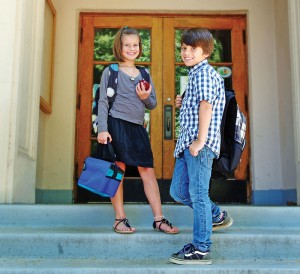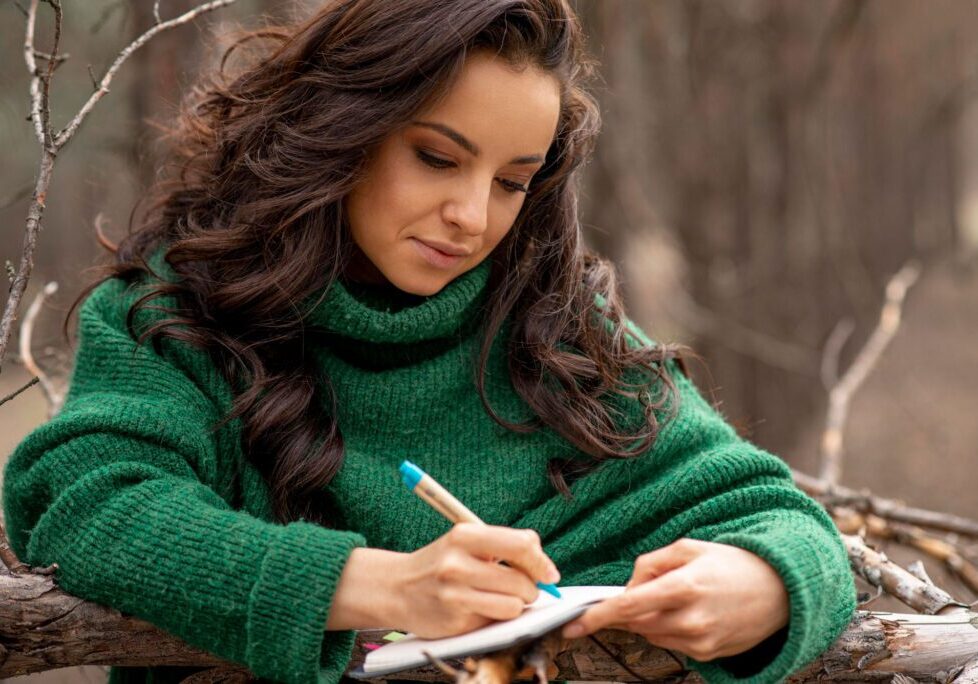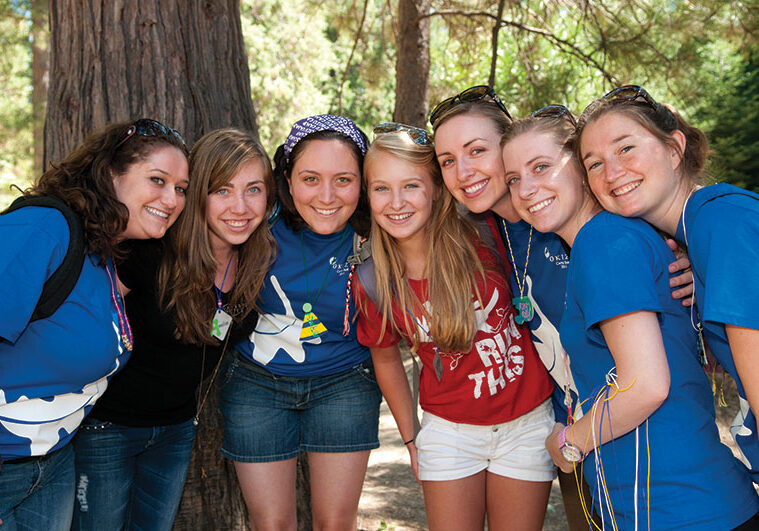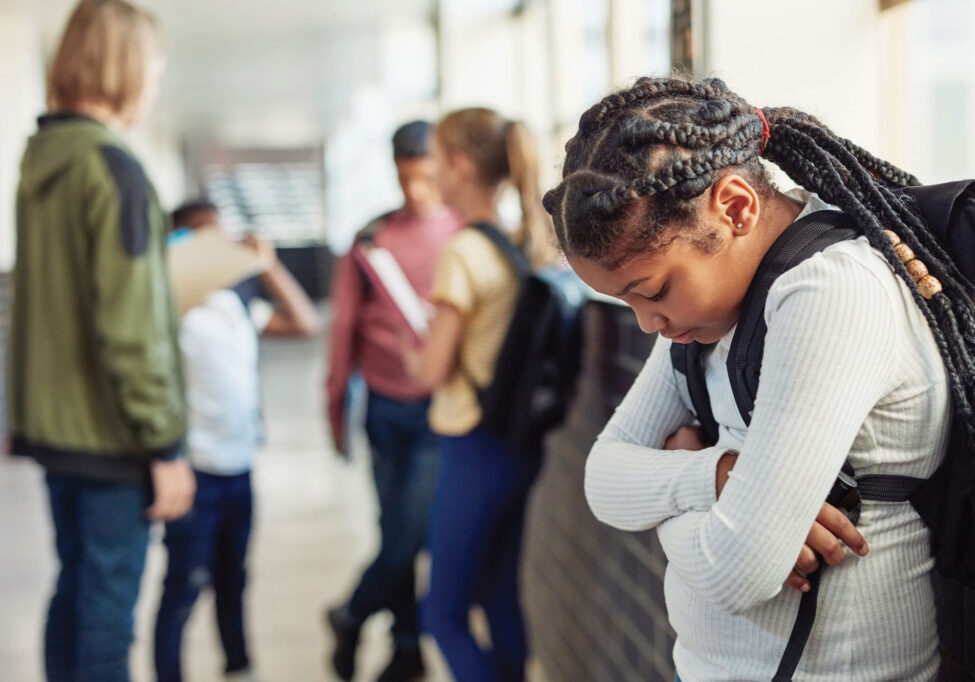
Photo: Lisa Tosi http://www.lisatosi.com
Kids everywhere will head back to class this fall with their own unique sense of fashion on display. Whether students sport a message tee, cargo shorts or a school uniform, one accessory they’re sure to have is a backpack – soon to be overflowing with everything they consider essential (like snacks and headphones).
For over 90 percent of the world’s schoolchildren, backpacks are a school-day staple, toting everything from lunches to laptops. But many health professionals are concerned about the injuries they can cause. According to Dr. Andrew Casden, M.D., orthopedic surgeon and associate director of Beth Israel’s Spine Institute, overloaded backpacks can cause posture problems, back and shoulder pain, fatigue, muscle irritation and tiny muscle tears.
Why is Backpack Safety Important?
Pack injuries are no walk in the park; repetitive stress injuries caused by backpack misuse can result in costly doctor visits, even missed school. Backpack Safety America reports that 89 percent of chiropractors have seen children for backpack-related pain. Researchers say that many kids carry packs that are too heavy but that’s only part of the problem. How a backpack is worn is just as important as its weight, says Henry Chambers, M.D. of Rady Children’s Hospital San Diego.
For backpack basics to help your child go back to school without pain, you should consider the following factors:
Weighty Matters
The American Academy of Pediatrics recommends that a loaded backpack weigh no more than 10 to 20 percent of a child’s body weight. Many doctors recommend no more than 10 percent. That means 9 pounds is the maximum pack weight for a 90-pound child. Leaning forward while wearing the pack or struggling to take it off are signs that your child’s backpack is probably too heavy.
Proper Position
Pack weight isn’t the only factor in back pain; backpack position is also important. Backpacks should be worn above the hips, researchers say, with maximum contact between the upper body and the pack. “The optimal position for wearing a backpack is high on the upper-back, with straps over both shoulders,” says Alan Hargens, Ph.D., professor in the Department of Orthopedic Surgery at the UC San Diego School of Medicine. “Kids who wear their backpacks in the more stylish lower back position, or only use one strap, may suffer shoulder pain and posture problems.”
Strap Happy
Look for a pack with wide, padded shoulder straps to help with weight distribution. Waist and chest straps are an added bonus because they can help distribute the weight load (as long as your child actually uses them!).
Baggage Check
Is extra cargo dragging down their backpack? According to researchers, kids often carry unnecessary items that add to the pack’s weight, like laptops and music players. Even excess paper can add up to an overburdened bag. Do periodic pack clean-outs to cut the excess.
Homeroom Zoom
Peek inside the hallways of many of today’s schools and you’ll probably see a few backpacks on wheels. When large textbooks or laptops are a daily necessity, wheeled backpacks allow kids to tote heavy loads without straining their backs.
Changing kids’ backpack habits can be tough, requiring effort and encouragement from parents as well as cooperation from teachers and school staff. Ultimately, most parents can’t dictate what kids will and won’t carry in their overstuffed packs. But parents can ease their burden by encouraging healthy backpack habits and prepare kids for a school year that’s successful and pain-free.
[sws_blue_box box_size=”590″]
Prevention is always the first step in finding a solution to a problem. Here are a few tips to help lighten your child’s load when returning back to school:
- Limit backpack weight to 10% of your child’s weight.
- Buy smaller packs. The bigger the pack, the greater the possibility of filling it to capacity and increasing the overall weight.
- Shoulder straps should be well padded and adjusted so that the bottom of the pack fits close against the lower back.
- A padded waist-support is recommended.
- Backpacks should be worn over both shoulders.
- Keep the heaviest items closest to your back.
- Take an inventory of contents regularly and remove unnecessary items.
- Use lockers when available.
- When using “rolling” packs, use shoulder straps if available when carrying the pack, instead of carrying with one hand. Be careful in crowded hallways.
- While performing activities such as riding a bike or skateboarding, it is important to keep backpacks snug to the body to reduce potential falls or injuries should the back suddenly shift to the side.
Michael J. Moore, D.C. is a third generation Palmer College of Chiropractic graduate in private practice in Redding. For more information about backpack safety or to schedule a free spinal health checkup for your child call (530) 221-4200. [/sws_blue_box]
Posted in: Education, Health & Nutrition, Parenting
Comment Policy: All viewpoints are welcome, but comments should remain relevant. Personal attacks, profanity, and aggressive behavior are not allowed. No spam, advertising, or promoting of products/services. Please, only use your real name and limit the amount of links submitted in your comment.
You Might Also Like...

When Gratitude Feels Hard – A Letter to the Parent Who Is Struggling
Friend, Recently, I stood on the front steps wishing I didn’t have to ring the doorbell. Standing here was enough to make me feel small, less than, not good enough. […]

Camp Okizu: More Than Just Fun And Games
Camp Okizu expands across 500 acres at Berry Creek, 70 miles north of Sacramento, and embraces thousands of children and families every year. Four lakes, sleeping cabins and shower facilities […]

Dual Language Learning in the North State
Because English is the common language throughout most of the US, becoming fluent in another language may seem superfluous. However, according to Data USA, approximately 45% of Californians speak a […]

Helping Introverted & Highly Sensitive Kids Thrive
These days my teenage daughter cheerfully refers to herself as an ambivert, meaning a person who possesses both introvert and extrovert qualities. But this was not always the case. When […]



